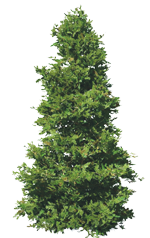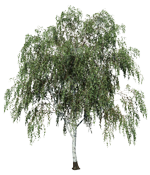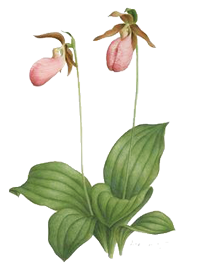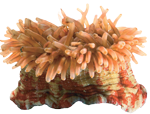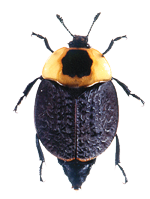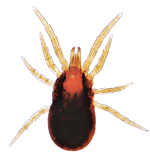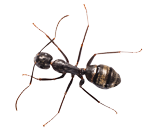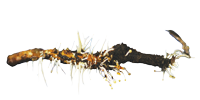Violets produce fat blobs attached to their seeds called elaiosomes, which carnivorous ants harvest to feed their larvae. The seeds are discarded away from the parent plant’s shade, where they take root. In botany, the process is called myrmecochory, from Greek myrmex (ant) and chare (dispersal).
In summer, when coniferous trees compete with their leafy neighbors for sunlight, paper birches share nutrients and water with Douglas firs through a network of microscopic fungi at the trees’ roots. When winter arrives, the evergreen tree returns the favor, sending the necessary substances back to the birch.
To reproduce, the lady’s slipper must first deceive a bee. The orchid emits a sweet scent as soon as it blooms, despite not yet producing any nectar. Bees attracted by the perfume become trapped inside the flower save for one exit under the flower’s stigma, making a pollen exchange inevitable.
Certain Hawaiian species of boxer crabs (named for their tendency to punch opponents in territorial battles) grasp live sea anemones in their claws and use them as stinging boxing gloves. In return, the sea anemones, incapable of self-locomotion, eat their fill of the defeated foes.
Long-legged carrion beetles serve as transportation for some mite species, which hop aboard while the beetles are searching for food. The mites eat eggs laid by other carcass-devouring insects, thus improving the survival rate of beetle larvae.



